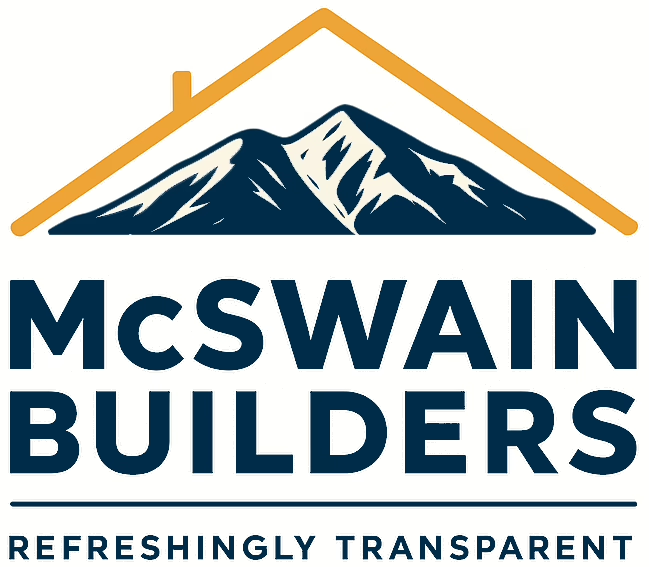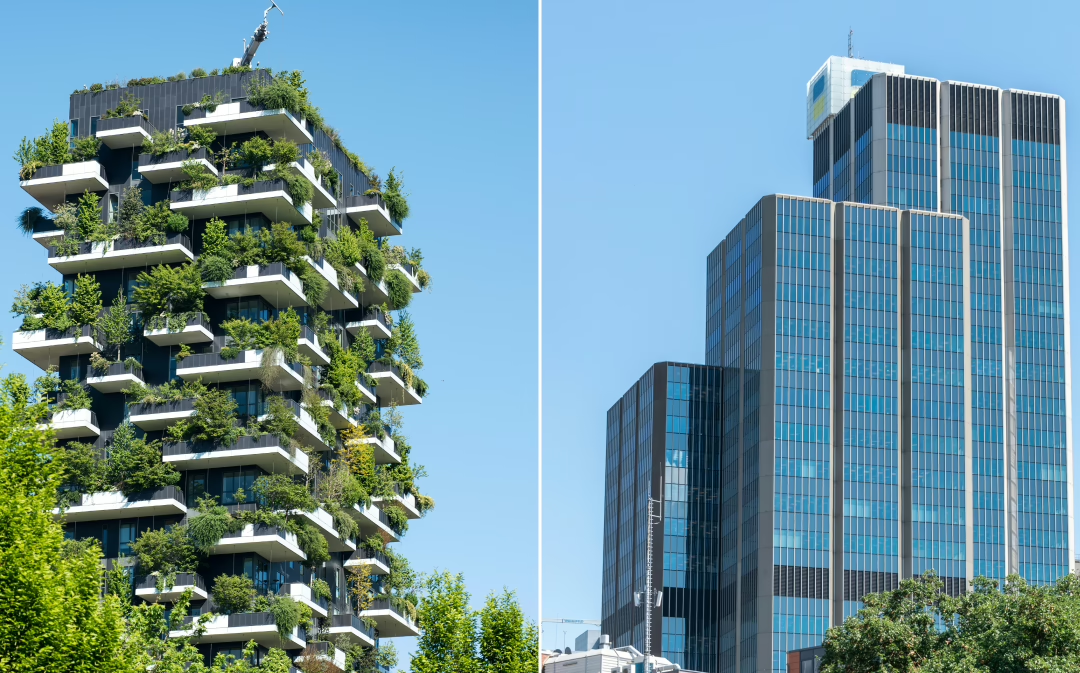The Roaring Fork Valley, stretching from Glenwood Springs through Basalt to Aspen, is known for its breathtaking landscapes, luxury homes, and a community that increasingly values sustainability. With rising concerns about climate change, energy efficiency, and long-term value, many homeowners and buyers in the area are now asking: Is green building worth the investment compared to standard construction?
In this post, we’ll break down what green building means, how it compares to traditional construction, and why it may — or may not — be the right choice for your next home project in the Roaring Fork Valley. We’ll also highlight insights from top home builders Glenwood Springs, custom home builder Aspen, custom home builder Basalt, and home builder Enclave to help guide your decision.
What is Green Building?
Green building refers to the practice of designing, constructing, and operating homes in a way that reduces environmental impact and improves energy efficiency. This includes using sustainable materials, high-performance insulation, solar energy systems, water-saving fixtures, and advanced heating and cooling technologies.
But green building isn’t just about materials — it’s also about design. Site orientation, window placement, shading, and ventilation all play key roles in making a home more energy-efficient.
By contrast, standard construction typically focuses on meeting local building codes and keeping upfront costs lower, without necessarily prioritizing long-term sustainability.
Why Green Building is Gaining Popularity in Roaring Fork Valley
The Roaring Fork Valley is uniquely positioned to benefit from green building:
- Environmental Stewardship: Many local homeowners care deeply about protecting the valley’s natural beauty.
- Energy Efficiency: With cold winters and sunny summers, the region is ideal for homes that optimize insulation, passive solar heating, and renewable energy.
- Resale Value: Buyers increasingly want homes that are energy-efficient and eco-friendly, which can boost property values.
For these reasons, more custom home builders in Aspen, Basalt, and Glenwood Springs are incorporating green building techniques into their projects.
Comparing Green Building and Standard Construction
Let’s break down the key differences between green and standard building:
Initial Cost
Green building often requires a higher upfront investment. High-performance windows, superior insulation, solar panels, and sustainably sourced materials usually cost more than conventional options.
However, custom home builders in Aspen report that this premium is shrinking as green materials become more mainstream.
Operating Costs
Green homes typically save homeowners money over time through lower energy and water bills. According to many home builders in Glenwood Springs, clients who choose green upgrades see significant reductions in heating and cooling costs.
Health and Comfort
Green homes often have better indoor air quality, improved ventilation, and consistent temperatures, making them healthier and more comfortable.
Environmental Impact
Green construction reduces carbon emissions, waste, and water use, which aligns with the values of many Roaring Fork Valley residents.
Resale Value
Homes with green certifications or features (like LEED or ENERGY STAR) are increasingly in demand, giving sellers an edge in a competitive market.
Is Green Building Worth the Investment?
While green building costs more upfront, it often pays off in the long term — financially, environmentally, and in terms of homeowner satisfaction. Here’s why:
- Lower Utility Bills: Over 10–15 years, savings can be substantial.
- Government Incentives: Tax credits, rebates, and other incentives can offset initial costs.
- Resale Appeal: Green homes are often seen as more desirable.
- Future-Proofing: As building codes tighten and energy costs rise, green homes are better positioned to retain value.
Many custom home builders in Basalt report that clients are increasingly asking for solar-ready designs, EV chargers, and net-zero energy systems, all of which add value.
What Homeowners Should Consider Before Choosing Green Building
If you’re considering green construction for your new home or remodel, keep these points in mind:
- Choose the Right Builder: Work with a custom home builder in Aspen, Basalt, or Glenwood Springs who has experience with green projects. They’ll know how to integrate eco-friendly features without compromising design or function.
- Set Priorities: Not every green feature has to be added at once. Start with the biggest impact areas — like insulation, windows, and HVAC — and plan future upgrades.
- Understand the Payback Period: Work with your builder to estimate the timeline for cost savings to match upfront investments.
- Explore Incentives: Many local, state, and federal programs offer financial incentives to offset green building costs.
Insights From Local Builders
We spoke with several top builders in the region to get their take on the green vs. standard construction debate.
Custom home builder Aspen:
“In Aspen, buyers are looking for luxury with a conscience. They want homes that are as sustainable as they are beautiful. We often combine passive solar design, radiant floor heating, and natural materials to deliver that balance.”
Home builders Glenwood Springs:
“In Glenwood, we see a lot of families who care about utility costs. Green building offers long-term savings, and once people understand that, they’re willing to make the upfront investment.”
Custom home builder Basalt:
“Basalt homeowners tend to be very eco-minded. We see strong demand for energy-efficient designs, water conservation systems, and renewable materials.”
Home builder Enclave:
“At Enclave, we focus on blending timeless design with sustainable building practices. Green homes are no longer a niche market — they’re the future.”
When Standard Construction Still Makes Sense
While green building has many advantages, standard construction still appeals in some cases:
- Budget Constraints: If you need to stick to a tight budget, standard construction can help you stay within financial limits.
- Short-Term Ownership: If you plan to sell or move within a few years, you may not see enough savings to justify the green premium.
- Project Complexity: Certain remodels or site conditions may not easily accommodate green upgrades.
However, even in standard builds, many home builders in Glenwood Springs recommend incorporating some green elements, like LED lighting or improved insulation, to enhance performance without breaking the bank.
Final Thoughts: The Future of Home Building in Roaring Fork Valley
Green building isn’t just a trend in the Roaring Fork Valley — it’s becoming the new standard. As more homeowners recognize the benefits of energy efficiency, comfort, and environmental stewardship, the demand for sustainable homes will only increase.
Whether you’re working with a custom home builder in Aspen, a custom home builder in Basalt, or home builders in Glenwood Springs or Enclave, it’s worth exploring how green building can fit into your project. With the right team and smart planning, you can create a home that’s both beautiful and future-ready.


Recent Comments